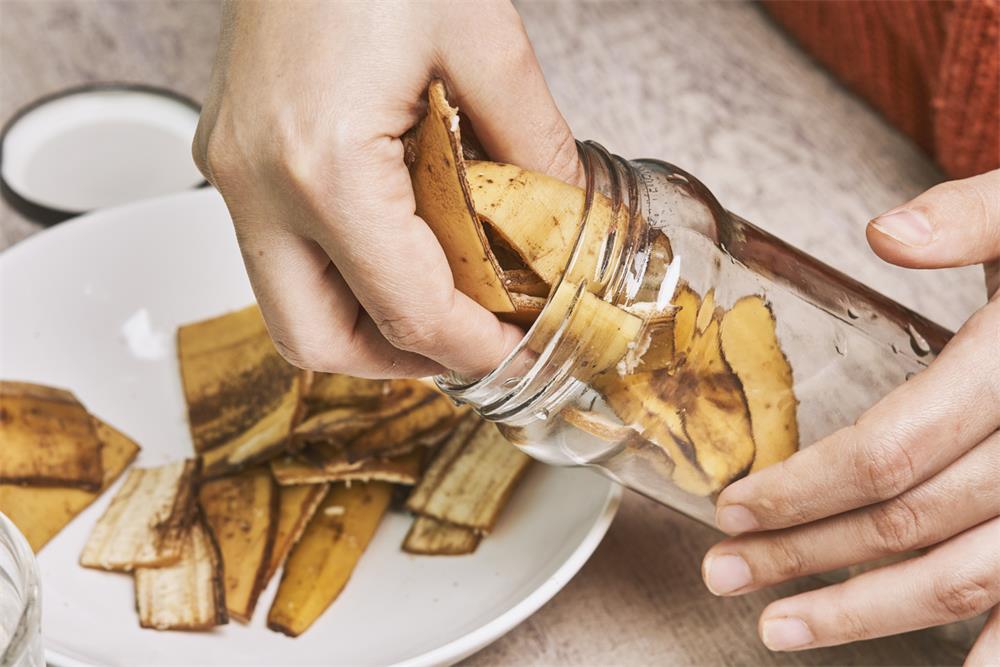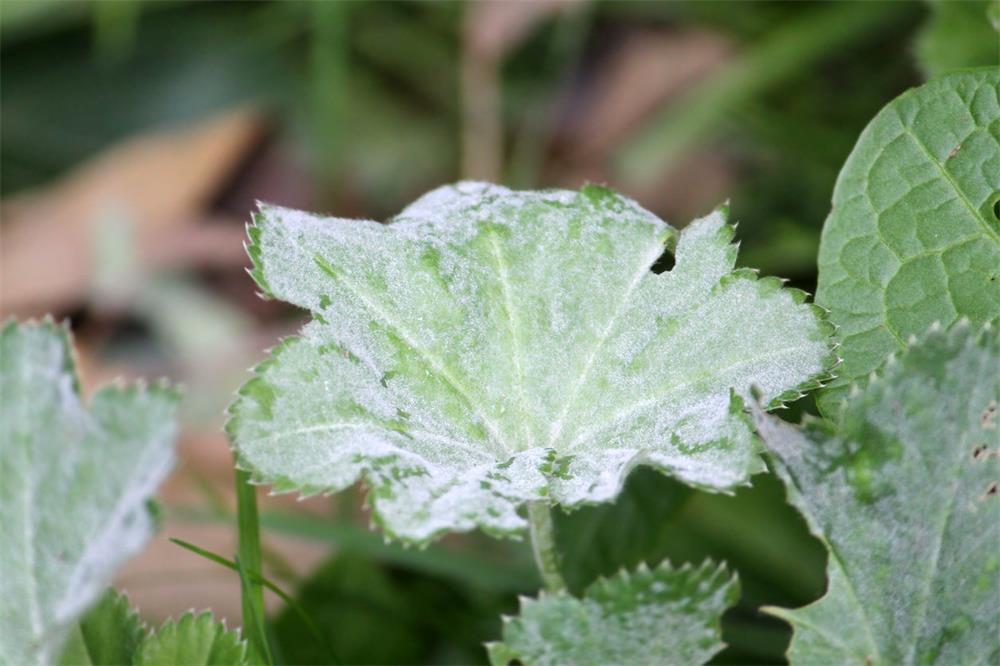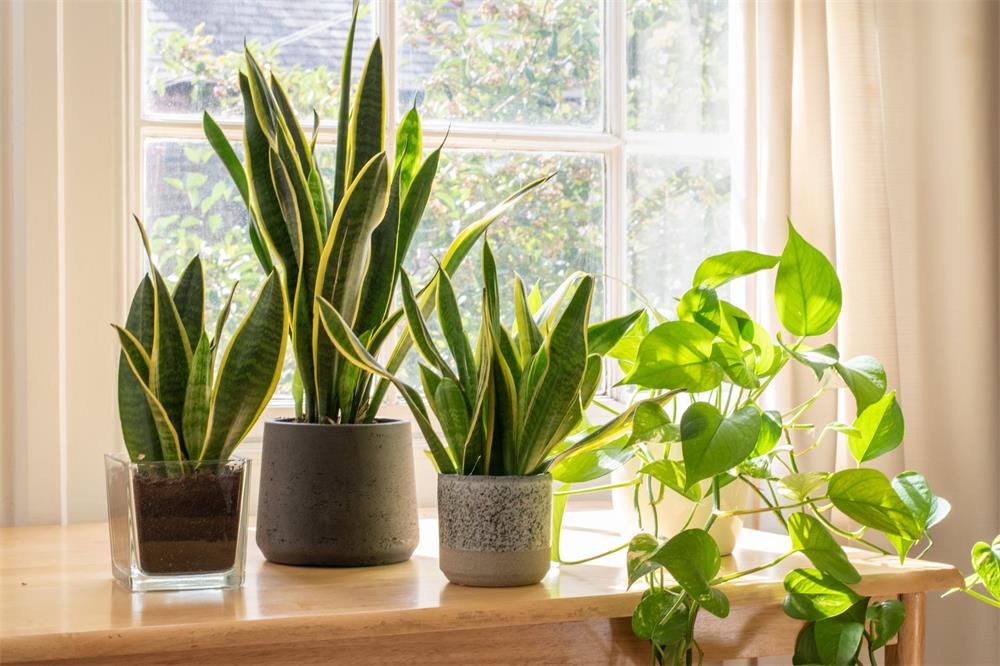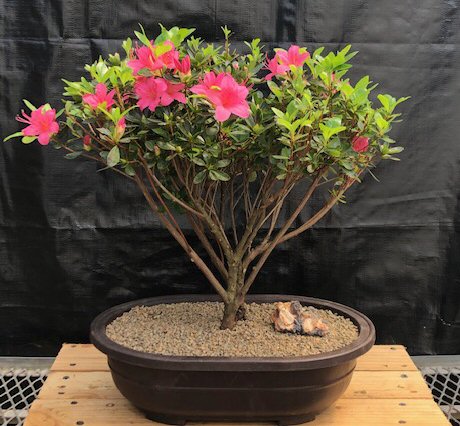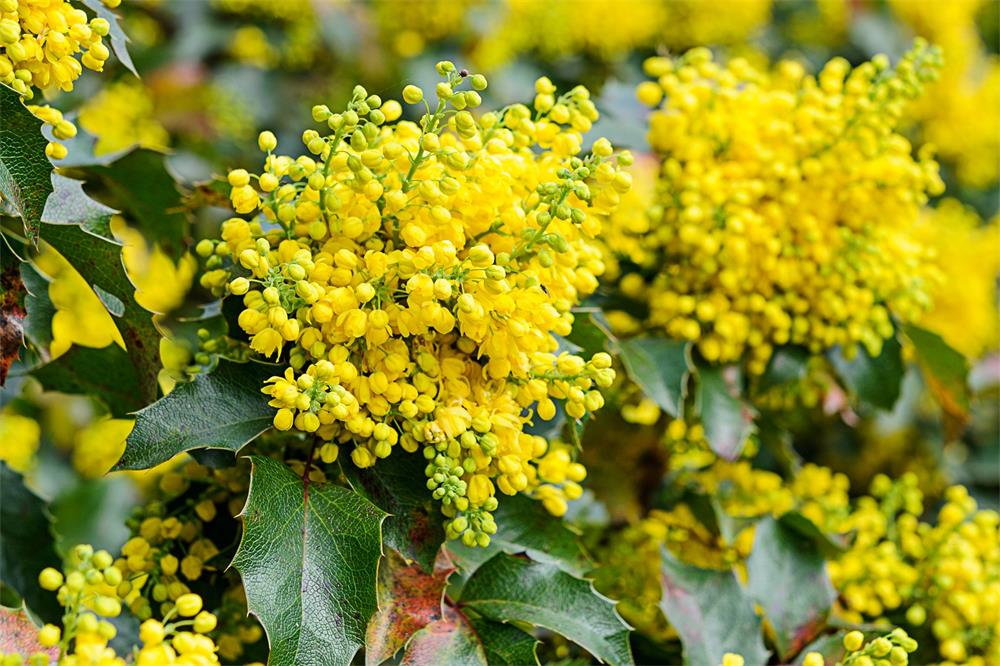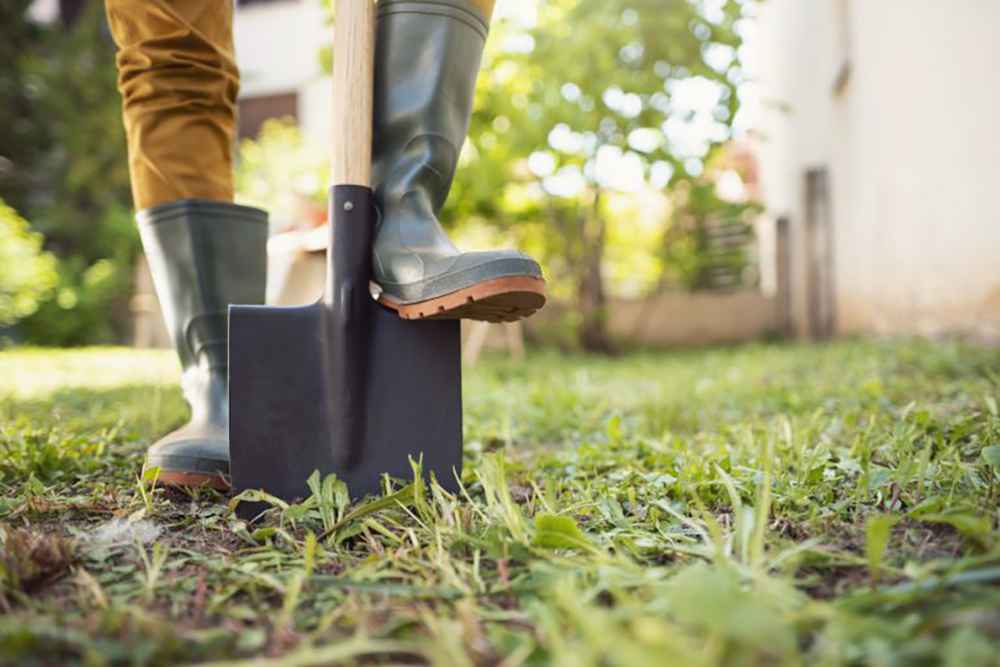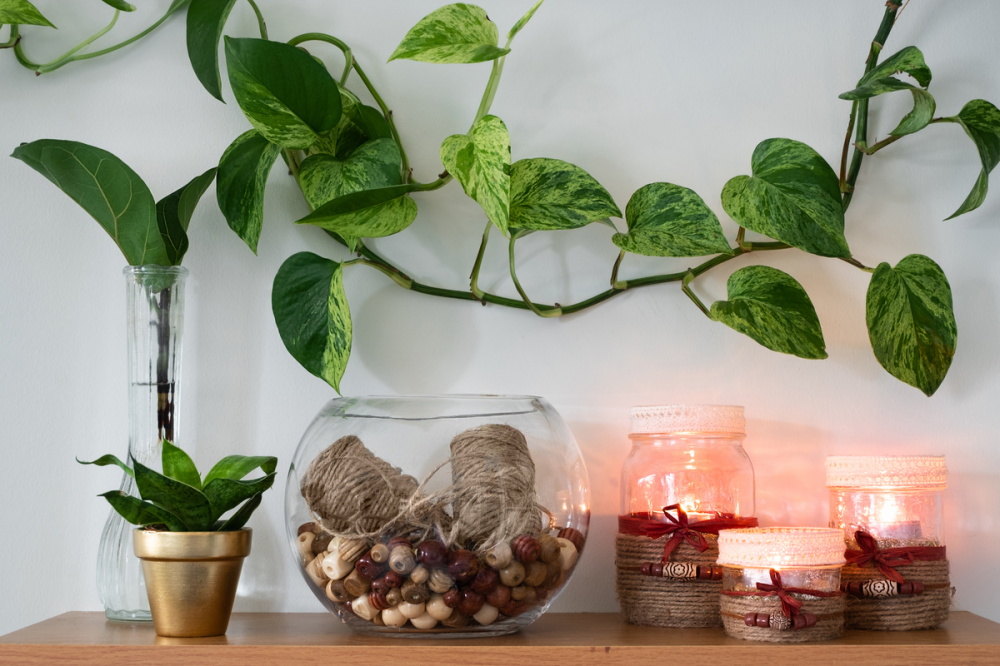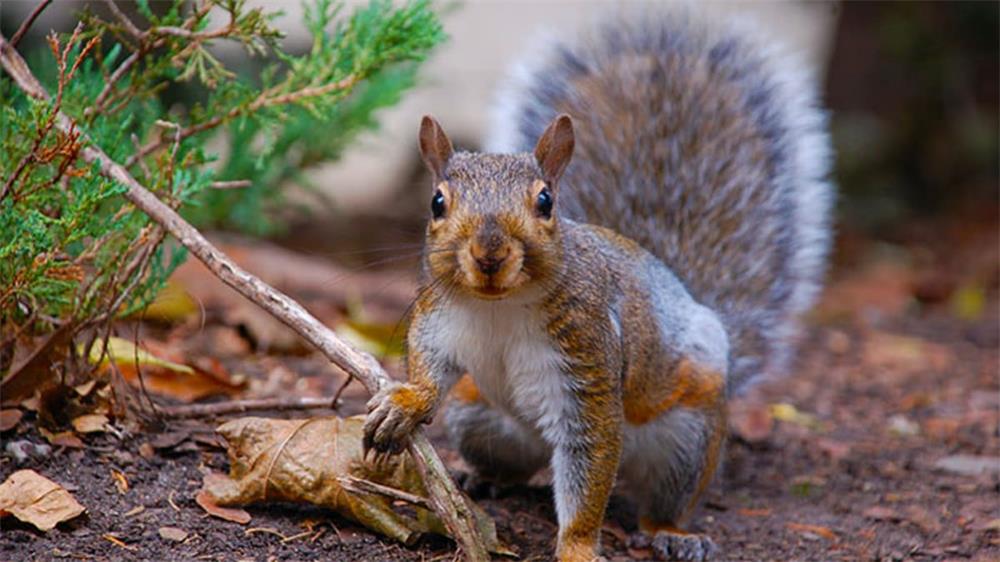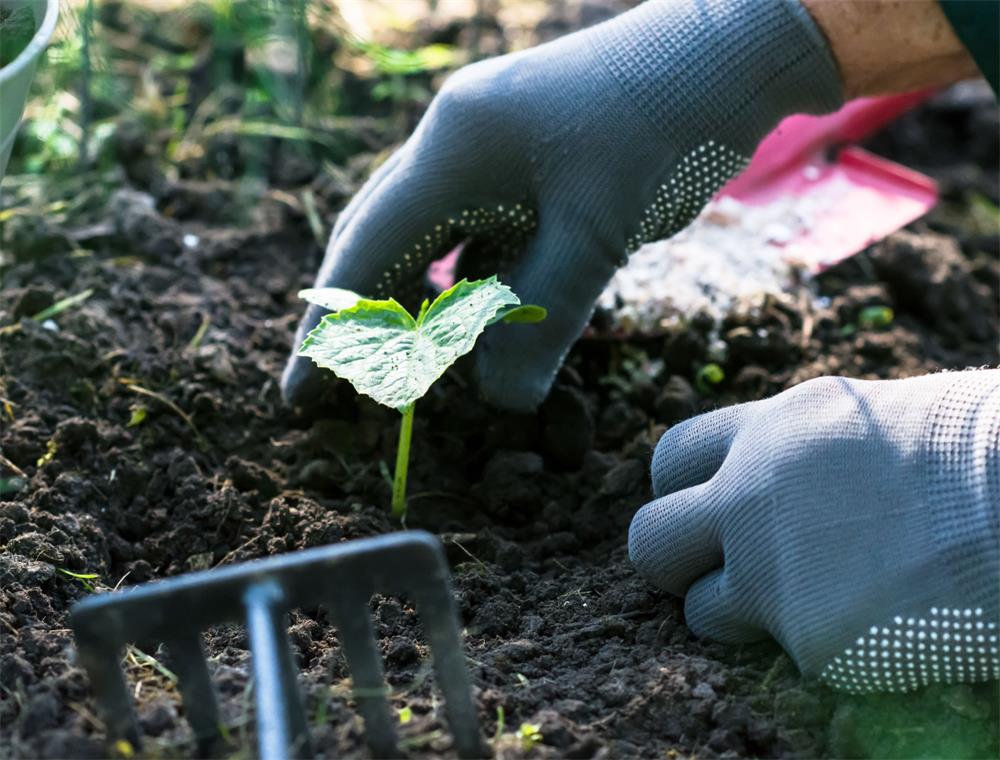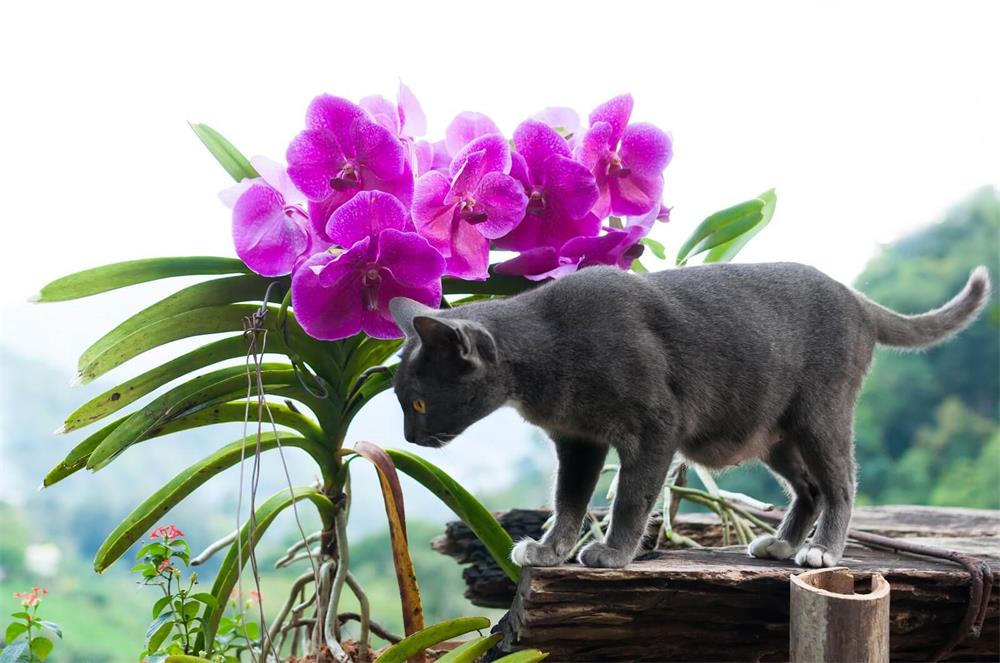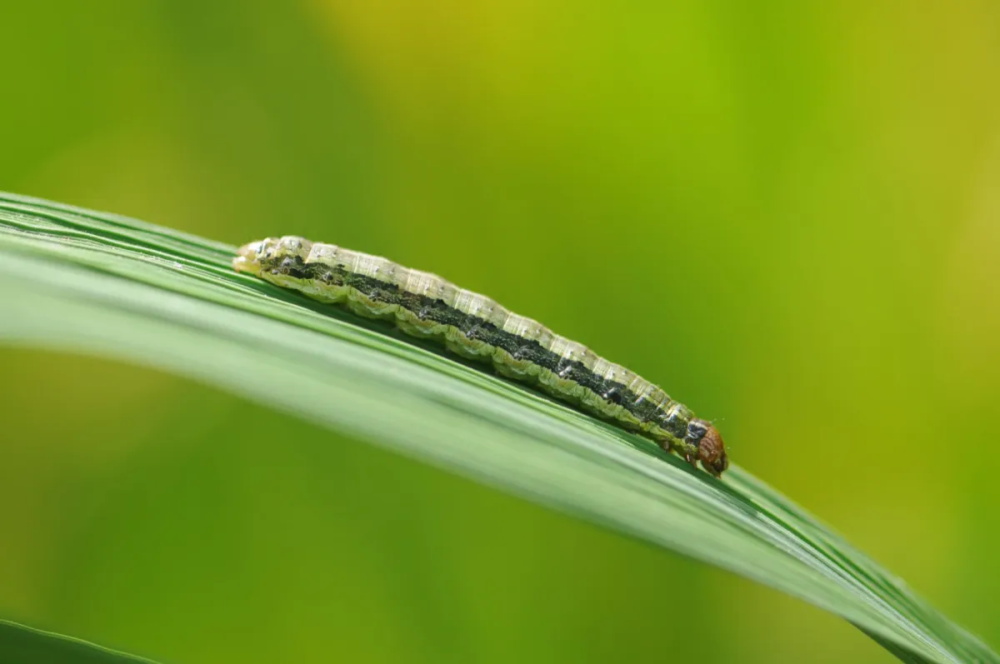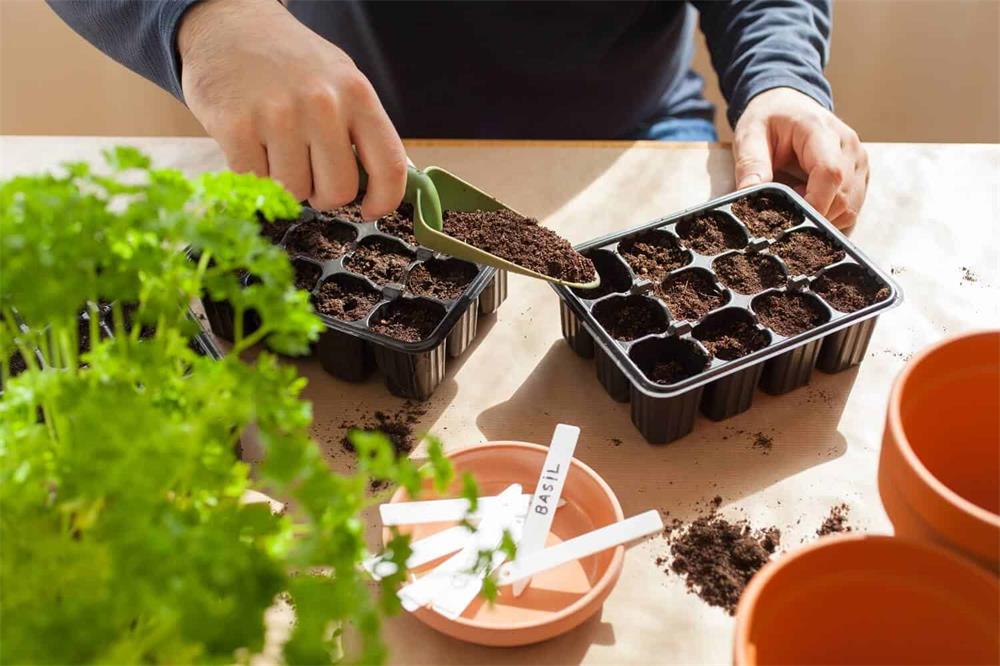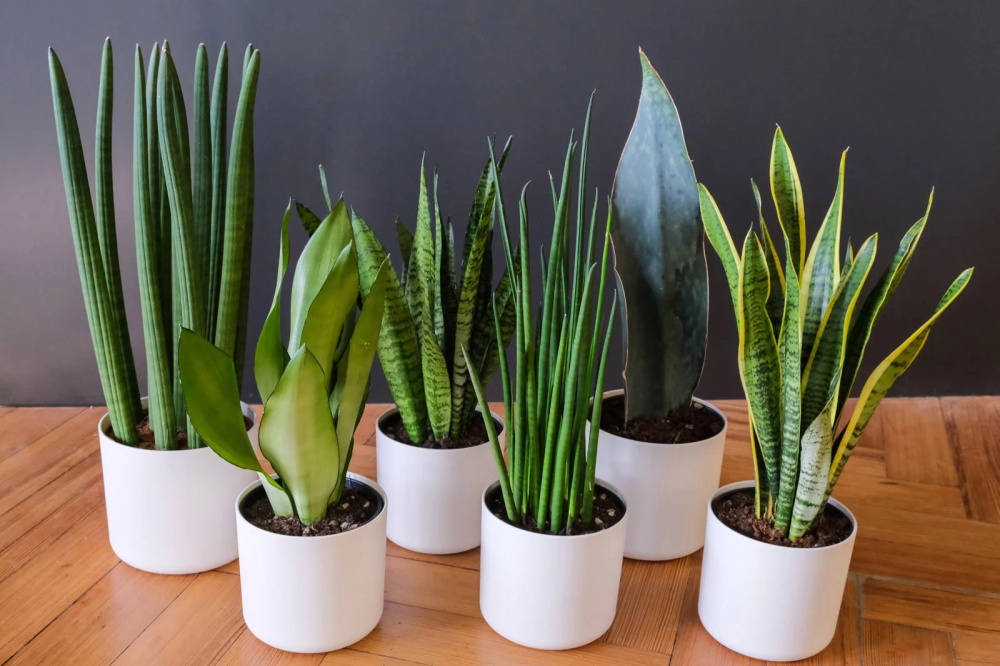
Table of Contents
Snake plants (Dracaena trifasciata) are a popular houseplant known for their tough, long, succulent, grass-like foliage and easy maintenance. The snake plant is often covered in unique striping or varied tones, similar to that of snake markings. They are known to be tolerant of neglect, making them an excellent choice for beginner houseplant collectors. 1
These plants may also be called mother-in-law’s tongue, golden bird’s nest, or viper’s bowstring hemp. Although these plants are very popular for both their unique looks and their hardy nature, many people wonder if it is safe to keep these plants in a home with dogs.
Are snake plants toxic to dogs?
Unfortunately, yes. According to the ASPCA, snake plants are considered toxic and should be kept away from dogs as well as cats. 2
Snake plants are considered mildly to moderately toxic to dogs. They contain saponins, which are natural chemicals that have detergent-like properties. Saponins can cause hypersalivation, dilated pupils and gastrointestinal distress in dogs. 3
Saponins are found in the leaves of the snake plant, and they are most harmful when ingested in large quantities. Ingesting small amounts usually results in less severe symptoms, while ingesting large amounts may be more serious.
Symptoms of snake plant poisoning in dogs
Common symptoms of snake plant poisoning include nausea, vomiting, and diarrhea. 3 Watch for any signs that your dog is acting out of the ordinary or that he or she is experiencing gastrointestinal distress.
Other possible symptoms include:
- Drooling
- Lethargy
- Loss of appetite
- Abdominal pain
- Dehydration
- Weakness
- Depression
What to do if your dog eats your snake plant
If you suspect that your dog has ingested part of your snake plant, contact your vet or emergency animal hospital immediately. Do not induce vomiting unless instructed to by a professional. 4
If possible, identify the variety of snake plant that was ingested, or bring in a picture or piece of the plant for the vet to see. This will help them determine the best course of treatment for your dog.
In the meantime, keep a close eye on your dog and be sure to keep him or her from ingesting any more of the plant.
How to treat snake plant poisoning in dogs
The treatment for snake plant poisoning will depend on the severity of the symptoms and the amount of plant material ingested.
The vet may perform some tests to check your dog’s vital signs and rule out any other possible causes of illness.
The vet may also administer some medications to help relieve the symptoms and prevent further complications.
Some possible treatments include:
- Activated charcoal: This can help bind the toxins and prevent them from being absorbed into the bloodstream.
- Antiemetics: These can help stop or reduce vomiting and nausea.
- Fluid therapy: This can help replenish fluids and electrolytes lost due to vomiting and diarrhea.
- Gastric lavage: This can help flush out the stomach contents and remove any remaining plant material.
- Painkillers: These can help ease abdominal pain and discomfort.
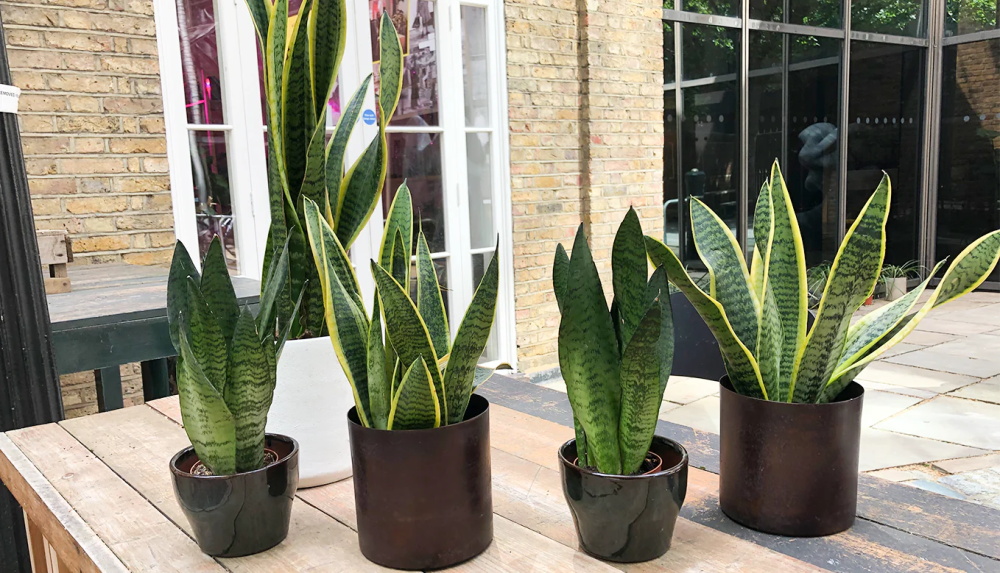
How to prevent your dog from eating your snake plant
The best way to prevent your dog from eating your snake plant is to move it to an area that the dog cannot reach, such as on a high shelf. You could also move the plant to a room that your dog is not allowed to enter.
If your furry friend is known for getting into trouble and you are concerned about him still finding a way to munch on your snake plant, you may wish to give the plant to a friend or donate it to a local nursery.
Alternatively, you can replace your snake plant with a non-toxic plant that is safe for pets. There are many beautiful and easy-to-care-for plants that won’t harm your dog if he decides to take a bite.
Some non-toxic plants for pets that make great alternatives to a snake plant are:
- Spider plant (Chlorophytum comosum)
- Boston fern (Nephrolepis exaltata)
- African violet (Saintpaulia)
- Peperomia (Peperomia spp.)
- Parlor palm (Chamaedorea elegans)



